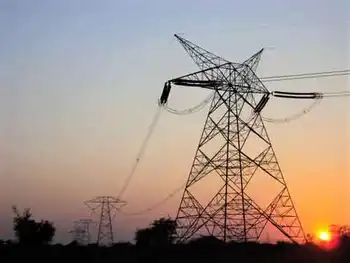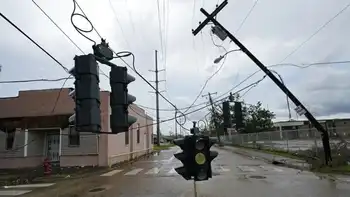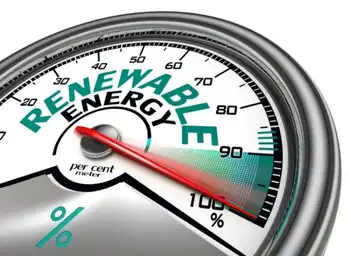Sustainable Development Technology Canada Announces Latest Call for Clean Technology Funding Applications
By Canada News Wire
Protective Relay Training - Basic
Our customized live online or in‑person group training can be delivered to your staff at your location.

- Live Online
- 12 hours Instructor-led
- Group Training Available
SDTC is a not-for-profit corporation created by the Government of Canada to finance and support the late-stage development and pre-commercial demonstration of clean technologies. SDTC is actively seeking applications for technology innovations that deliver clean water, clean soil, clean air, and a reduction in greenhouse gas emissions. Technologies that are designed to deal with more than one of these environmental issues simultaneously are encouraged.
"SDTC provides both coaching and funding to help strengthen a company's value proposition, consequently increasing the likelihood of successful market uptake," said Vicky J. Sharpe, President and CEO of SDTC. "The demand for clean technology solutions is increasing both in Canada and in our most important markets, so we are strongly encouraging entrepreneurs, academics - creative minds across the country to focus on this rapidly evolving and lucrative market, and to apply to SDTC."
SDTC has released a series of SD Business Case reports that identify priority investment areas for renewable electricity generation, renewable fuels for both biofuel and hydrogen, and for cleaner conventional fuels in the oil and gas sector. The SD Business Case reports represent only some of SDTC's areas of interest; therefore to read the reports please go to the Knowledge Centre at www.sdtc.ca. Applicants are invited to submit technological solutions in all areas of sustainable development.
To date, SDTC has allocated $279 million to 124 clean technology projects. An additional $670 million has been leveraged from project consortia members, for a total portfolio value of $949 million.
The SOI is used for preliminary screening and is subject to a competitive review process by SDTC and a panel of independent experts. The applications are evaluated on the basis of fit with SDTC's mandate, adherence to selection criteria, and to ensure they include necessary technology, marketing, and business capabilities.
Applicants presenting the most compelling technology projects will be invited back to submit a detailed, full proposal for consideration toward funding.
Applications for funding may only be made through the online SOI application system. Prior to submitting an application, applicants are advised to read SDTC's Applications Advice and then contact an Applications Manager to ensure a good fit. Information about SDTC's funding process, including the online application system and Applications Advice, can be found in the Funding section at www.sdtc.ca.
SDTC holds two rounds of funding each year. The next call for SOIs will open February 27, 2008.











